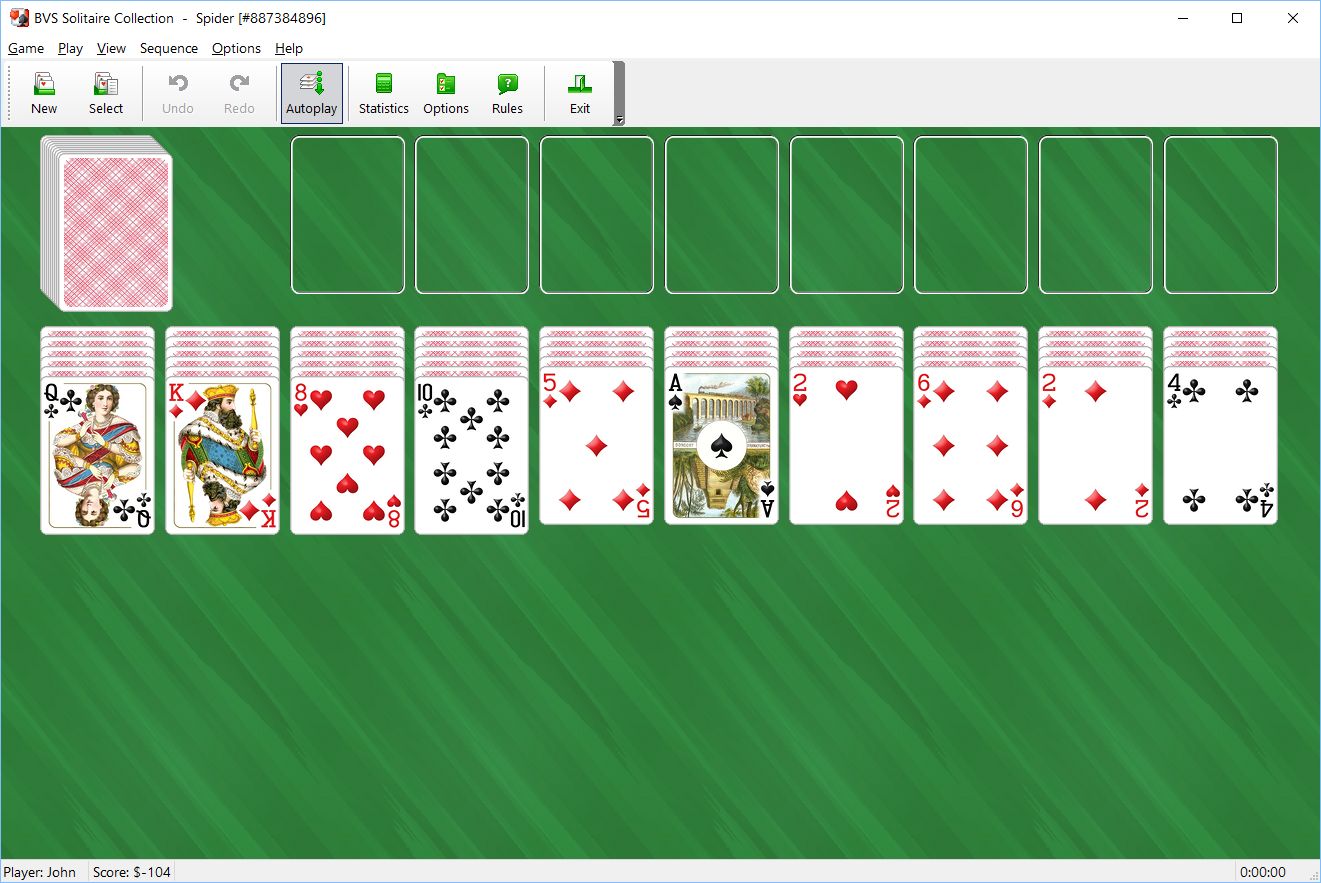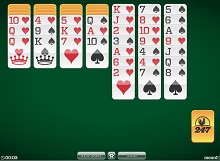


Note that if you instead think of * as a hole and o asĪ peg, you can solve the puzzle by following the solution in reverse, starting from the last picture, going The order of some of the moves can be exchanged. The shortest solution to the standard English game involves 18 moves, counting multiple jumps as single moves: Shortest solution to English peg solitaire It can be proved using abstract algebra that there are only 5 fixed board positions where the game can successfully end with one peg. Any solution to such a problem must contain a minimum of 11 moves, irrespective of the exact details of the problem. One consequence of this analysis is to put a lower bound on the size of possible 'inverted position' problems, in which the cells initially occupied are left empty and vice versa. Kiyomi and Matsui (2001) proposed an efficient method for solving peg solitaire problems.Īn unpublished study from 1989 on a generalised version of the game on the English board showed that each possible problem in the generalised game has 2 9 possible distinct solutions, excluding symmetries, as the English board contains 9 distinct 3x3 sub-squares. Avis and Deza (1996) formulated a peg solitaire problem as a combinatorial optimization problem and discussed the properties of the feasible region called 'a solitaire cone'. Uehara and Iwata (1990) dealt with the generalized Hi-Q problems which are equivalent to the peg solitaire problems and showed their NP-completeness. A problem for finding a pagoda function (which concludes the infeasibility of a given problem) is formulated as a linear programming problem and solvable in polynomial time (see Kiyomi and Matsui 2001). They introduced a notion called pagoda function which is a strong tool to show the infeasibility of a given (generalized) peg solitaire problem. Studies on peg solitaireĪ thorough analysis of the game is provided in Winning Ways ISBN 0-12-091102-7 in the UK and ISBN 1-56881-144-6 in the US (Vol 4, 2nd edition). Thus a hole at a can only leave a single peg at a, p, O or C. On an English board, the hole can be anywhere and the final peg can only end up where multiples of three permit. Also starting with one hole here and ending with one peg there. Other alternate games include starting with two empty holes and finishing with two pegs in those holes. This technique can be used with a line of 3, a block of 2♳ and a 6-peg L shape with a base of length 3 and upright of length 4. In the example below, the * is the catalyst.: * There are, however, several other configurations where a single initial hole can be reduced to a single peg.Ī tactic that can be used is to divide the board into packages of three and to purge (remove) them entirely using one extra peg, the catalyst, that jumps out and then jumps back again. Hence a final position with only one peg can not be reached: then one of these numbers is one (the position of the peg, one is odd), while the other two numbers are zero, hence even. Hence after an even number of moves all these three numbers are even, and after an odd number of moves all these three numbers are odd. After every move the number of covered A positions increases or decreases by one, and the same for the number of covered B positions and the number of covered C positions. Initially with only the central position free, the number of covered A positions is 12, the number of covered B positions is 12, and also the number of covered C positions is 12. Divide the positions of the board into A, B and C positions as follows: This is easily seen as follows, by an argument from Hans Zantema. There is no solution to the European board with the initial hole centrally located, if only orthogonal moves are permitted. On the English board the equivalent alternative games are to start with a hole and end with a peg at the same position. This mirror image notation is used, amongst other reasons, since on the European board, one set of alternative games is to start with a hole at some position and to end with a single peg in its mirrored position. There are many different solutions to the standard problem, and one notation used to describe them assigns letters to the holes: Many people never manage to solve the problem. It is very easy to go wrong and find you have two or three widely spaced lone pegs. On an English board, the first three moves might be: Thus valid moves in each of the four orthogonal directions are: * A blue ¤ is the hole the current peg moved from a red * is the final position of that peg, a red o is the hole of the peg that was jumped and removed. indicates a peg in a hole, * emboldened indicates the peg to be moved, and o indicates an empty hole.A valid move is to jump a peg orthogonally over an adjacent peg into a hole two positions away and then to remove the jumped peg.


 0 kommentar(er)
0 kommentar(er)
